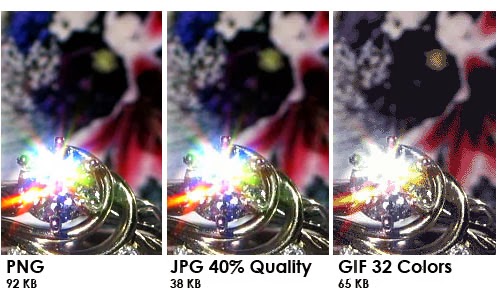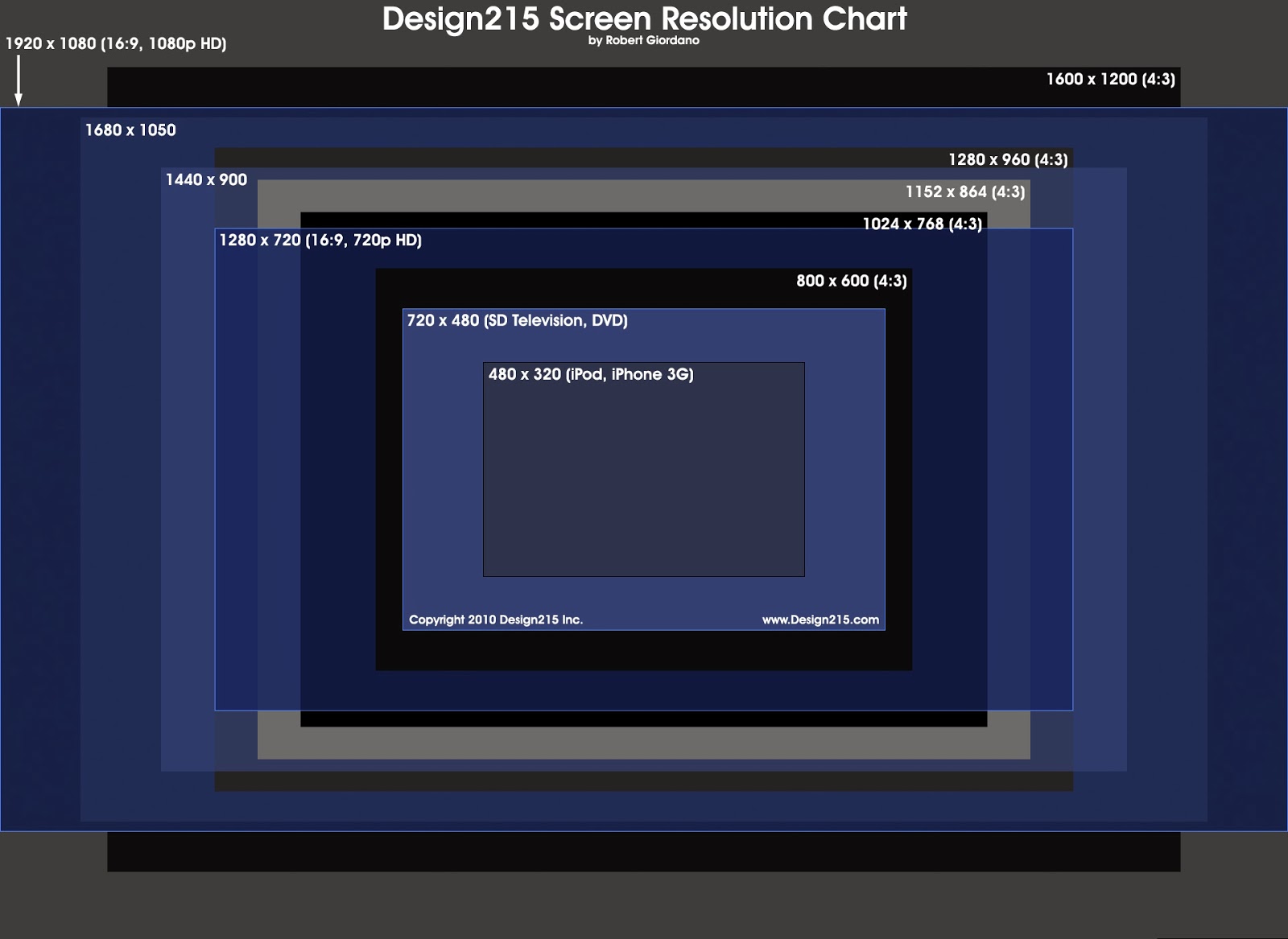"Censorship and Truth"
James Beighton
Rendering Truth in Photography
Moonrise Hernandes (1941-2) by Ansel Adams
- Capturng the decisive moment
- Classic landscape photography
"Aspens" Ansel Adams
- Use of the same negative over and over
- Creating a different effect of what he is showing you
- Dark room manipulation and changing the effects that a photograph displays
Pravda Newspaper in Russia
- Pravda means Truth
- Comes across as very one-sided
- Removal of people in photographs throughout history- get rid of their importance, e.g.. Stalin and
Trotsky together in Photos
The digital revolution has opened up the gates for manipulation
- It has become the norm to change photographs digitally
- Combining different images in order to create a new 'truth'
9/11 Tragedy
- Manipulating photographs to create a sick joke towards the victims
- Consideration of the needs to be ethical and who censors it
Kate Winslet for GQ Magazine
- Photoshopped legs to make them longer
- Is it a problem to manipulate the figure or product in order to sell it?
- The power of displaying something to get across a message
"Death of a Loyalist Solider" (1936) by Robert Capa
- Psydenuem used by the photographer in order to sell his photographs
- Not a real person means the work is questionable
- Is this the point of death of a loyalist solider or is it set up?
- Finding of the Mexican Suitcase which had lots of negatives of the photographs he produced- shows
the sequence of events so it is a truth
- However the death is not in tradition combat
- Published in European magazines- does a certain image put alongside a certain caption make us think in a certain way
"At the time [World War 2], I reverently believed just about everything I was exposed to in school and the media"
- Elliot Aronson (1992) in The Age of Propaganda Book
- Successive phases of an image
- It is the reflection of a basic reality
- It makes and perverts a basic reality
- It masks an absence of a basic reality
- It bares no relation to any reality whatsoever; it is its own simulacra
"The Unseen Gulf War" by Peter Turnley
- Photography was controlled by the US Government
- He refused to participate in this and he was refused to have his photographs seen
- He believes it is important for citizens to see the truth within his photographs so they can develop
their own opinion
"It is a Masquerade of Information"
- Jean Baudrillard on the Gulf War
- Get away from the idea of showing a simulated war which is depicted by a censored media as it
takes away from the purpose of the Documentary Photographer
- Does Black and White Photography take away from the detail that would be given with Colour
Photography? Does Colour Photography make it more shocking and highlight a gruesome reality?
- The Gulf War came across as something that was to be consumed in the comfort of the audiences
armchairs
"Small Wars" by An-My-Lee
- Do you prefer to see the aesthetic beauty in war or would you prefer to see the truth
- Different representation of war
- Is it accurate in regards to the persons experience of war?
Censorship- A person authorised to examine media in order to ban or cut anything considered
obscene
- To ban or cut portions of media
Morals - Principles of behaviour in accordance with the standards of right and wrong
Ethics- A code of behaviour expected
Cadbury Flake Advert (1969)
- Sexual ambiguity- says more about the person who fews and interprets it then the actual image itself
- Is it actually innocent and its individual connotations or is it made to have sexual connotations?
"United Colours of Benetton" Advert (1992) by Oliviero Toscani
- Photograph if the Dying AIDS Sufferer- is it a set-up shot or is it real?
- Italian company with Roman Catholic Country routes- was seen as offensive due tot he renaissance-
style imagery
- Does getting your advert banned make it more seen and publicised then if it was allowed?
Opium advert (2000) by Stephen Meisel
- Appeared on billboards on a large scale
- Most complained about advertisement of 5 years as it was sexually suggestive
- Acceptable vertical but banned landscape formats
"Venus, Cupid, Folly and Time" (1545) by Agnolo Bronzino
- The distortion of bodies and anatomically incorrect
- Mythological subject matter so it is not necessarily true
- Highly acceptable as it is seen as proper culture even though it is quite incestuous
"The Golden Years" (1945) and "Therese Dreaming" (1938) by Balthus
- Sexualised images of young girls
- Very suggestive and appears quite uncomfortable
"Bow Wow Wow" Record Cover (1980) by Andy Earl
- Copy of a fine art painting by Manet
- Is it justifiable as a piece of fine art photography or as a record cover? Does the context of the image
change our perception of it
"The Folly of Defining Serious Art" by Amy Adler
"An Irreconcilable Conflict between legal rules and artistic practise"
and postmodernism itself attempt to defy
The Miller Test
- 3 questions if given work should be labelled as obscene:
- Whether the average person applying contemporary community standards would fined that the work, taken as a shoe, appeals to the prurient interest
- Whether the work depicts or describes, in a patently offensive way, sexual conduct
- Whether the work, taken as a whole. lances serious literary, artistic, political or scientific value
Obscenity Law
- To protect art whilst prohibiting trash
- The dividing line between speech and non-speech
- The dividing line between prison and freedom
"Candy Cigarette" (1989) by Sally Mann
- Should these sweet she available to buy?
- Photographing her own children and documenting their childhood
"Immediate Family" (1984-92) by Sally Mann
- Is it damaging to the children?
- The children were interviewed and ok with it
- Is it alright for them to be photographed and put in a gallery?
"Untitled" Series (2001) by Tierney Gearon
- Complaints about them when put up in a Gallery space- caused a police investigation
- Are they in compromising positions?
- Elements of the theory of the gaze and the use of a mask
"A revolting exhibition of perversion under the guise of art"
- The News of the World
- Removed after being put up in a gallery space
- Is it just innocent playing?
Conclusion:
- Just how much should we believe the truth represented in the Media?
- Should we be protected form it?
- Is the manipulation of the truth fair game in a consumer, capitalist society?
- Should art sit outside censorship laws?
- Who should be protected?



















































































































































































